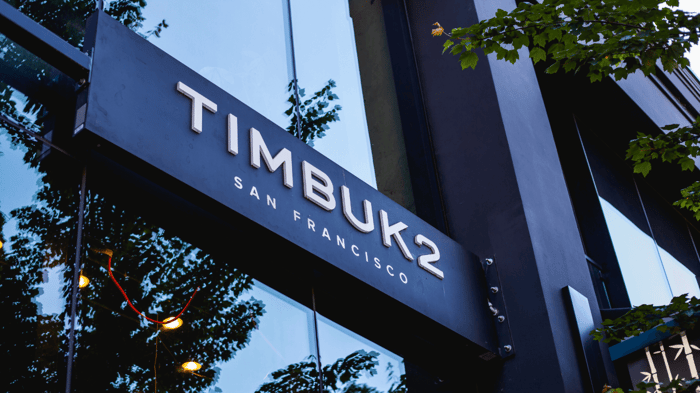Custom signage can be a great way to add a personal touch to your business or event. Whether you're looking for a new sign for your storefront, a banner for a trade show, or a custom decal for your car, there are a few things you should keep in mind when ordering custom signage.
Material
When it comes to choosing materials for custom signage, there are several options to consider. Each material has its own unique benefits and drawbacks, so it's important to choose the one that best suits your needs.
Wood
Wood is a popular choice for custom signage because it can be easily carved or routed to create a variety of shapes and designs. It's also a natural and sustainable material. However, it can be heavy, may need regular maintenance, and is not as durable as other materials in harsh weather conditions.

Metal
Metal signs are durable and long lasting, making them a great option for outdoor signage. They can be made from a variety of metals such as aluminum, steel, or brass, and can be finished with paint, anodizing, or powder coating. They are also weather-resistant and fire-resistant. However, they can be expensive and may dent or scratch easily.

Plastic
Plastic signs are lightweight, durable, and cost-effective. They can be made from a variety of plastics such as PVC, acrylic, or polycarbonate, and can be printed or engraved with designs. They are also weather-resistant and UV-resistant, which makes them perfect for outdoor use. They may not be as durable as metal signs and may fade or degrade over time.

Thickness
The thickness of a custom sign can have a big impact on its overall durability and longevity. In general, thicker signs tend to be more durable and long-lasting, but they can also be heavier and more expensive. When choosing the thickness of your custom sign, there are a few things to consider:
Location of the sign: If the sign will be placed in an area with high winds or other harsh weather conditions, a thicker sign may be more suitable.
Duration of use: If the sign will be used for a short period of time, such as for a special event or promotion, a thinner sign may be sufficient. But if the sign will be used for a long period of time, a thicker sign may be more appropriate.
Design and Materials: Some materials like metal, require thicker signs to maintain stability and rigidity. While materials like plastic or foam may allow for thinner signs while maintaining stability.
Industry Standards: Some industries have set standards for the thickness of signs, for example, for road signs, the thickness of the aluminum must meet the standards set.
In general, a thickness of at least 3/16 inches is recommended for most custom signs. However, for larger or more complex signs, a thickness of 1/4 inch or more may be necessary. Consult with us to determine the appropriate thickness for your custom sign based on your specific needs and location.
Fixing
When it comes to custom signage, there are several ways to display it, including wall-mounted, hanging, freestanding, and without fixing. Each option has its own unique benefits and drawbacks, so it's important to choose the one that best suits your needs.
Wall-mounted signs are attached directly to a wall or other vertical surface. This option is great for permanent or semi-permanent signs that need to be visible at all times. They can be made of various materials, such as wood, metal, or plastic, and can be designed in a variety of shapes and sizes. However, they are not portable, and you'll need to be sure that the wall can withstand the weight and size of the sign.
Hanging signs are suspended from the ceiling or other overhead structures. This option is great for temporary or semi-permanent signs that need to be visible from multiple angles. They can be made of various materials such as fabric, plastic, or metal. They can also be designed in a variety of shapes and sizes. However, they may require more space than wall-mounted signs and may need to be taken down for maintenance.
Freestanding signs are placed on the floor or other flat surfaces. This option is great for temporary or semi-permanent signs that need to be visible from multiple angles. They can be made of various materials such as metal, plastic, or foam, and can be designed in a variety of shapes and sizes. However, they may require more space than wall-mounted or hanging signs and may need to be taken down for maintenance.
Without Fixing: These signs are portable and do not require any kind of fixing or installation. They can be made of various materials such as foam board, fabric, or PVC and can be designed in a variety of shapes and sizes. They are great for temporary events, promotions, or for mobility purposes. However, they may not be as durable as wall-mounted, hanging, or freestanding signs, and may not be suitable for long-term use.
Contact our team
The easiest way to get started is to get in touch with our team about your idea through these links:
Our social links:





